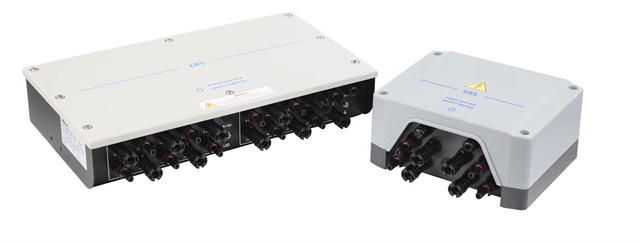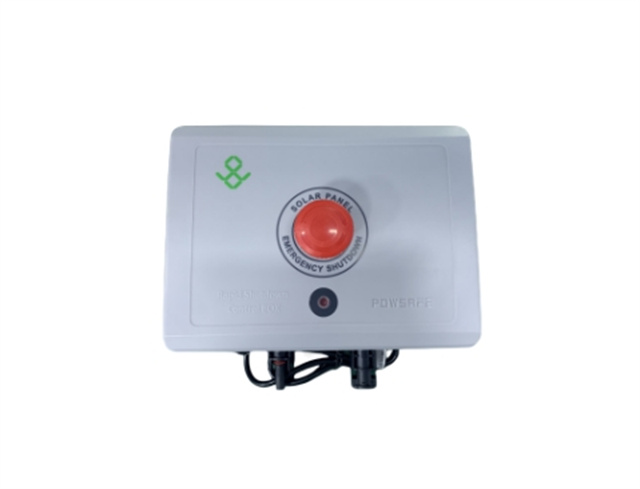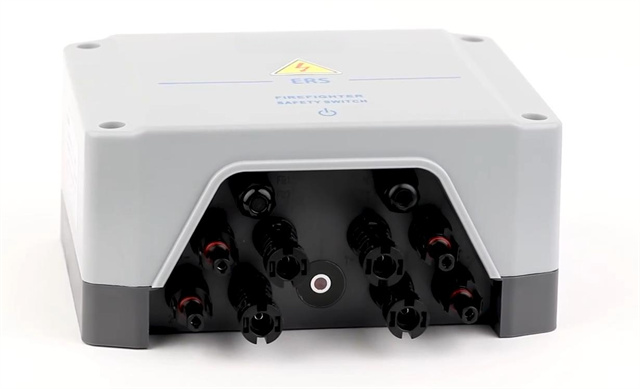Author:BLD Solar Energy SystemFROM:Solar System Converter Manufacturer TIME:2023-08-23
The solar photovoltaic (PV) industry has experienced significant growth in recent years, driven by increasing demand for clean and renewable energy sources. As the industry continues to evolve, new technologies and regulations are emerging to improve the safety and efficiency of solar PV systems. One such development is the rapid shutdown requirement, which aims to enhance firefighter safety and system reliability. In this article, we will analyze the market trends and impact of rapid shutdown on the solar PV industry.

The solar PV industry has witnessed remarkable growth globally, fueled by declining technology costs, supportive government policies, and environmental awareness. According to market research, the global solar PV market is projected to reach $476.22 billion by 2026, with a compound annual growth rate of 13.1% from 2019 to 2026. Factors contributing to this growth include an increasing focus on reducing carbon emissions, rising electricity demand, and advancements in solar panel efficiency.
Furthermore, the integration of solar PV systems with energy storage solutions is gaining momentum. This allows for better utilization of solar power by storing excess energy generated during daylight hours for use during peak demand periods or at night. The combination of solar PV and energy storage offers greater energy independence and reliability, driving the adoption of solar PV systems in both residential and commercial sectors.

The rapid shutdown requirement is a regulation that aims to mitigate electrical hazards associated with solar PV systems during emergencies or maintenance activities. It requires the ability to rapidly de-energize solar PV arrays to reduce the risk of electric shock for first responders and maintenance personnel. The National Electrical Code (NEC) now mandates rapid shutdown capabilities for solar PV systems installed on buildings, including residential and commercial properties.
Rapid shutdown can be achieved through various methods, including module-level power electronics (MLPE), such as microinverters and power optimizers, or through a system-level shutdown device. MLPE allows individual solar panels to be controlled independently, ensuring immediate shutdown in case of emergencies. System-level shutdown devices, on the other hand, shut down the entire PV system when activated.

The implementation of rapid shutdown requirements has both positive and negative implications for the solar PV industry. On the positive side, it enhances firefighter safety by reducing the risk of electrical hazards during firefighting operations. This, in turn, promotes greater acceptance and support for solar PV installations among fire departments and regulatory authorities.
However, the introduction of rapid shutdown may increase upfront costs for solar PV installations. The need for additional equipment, such as MLPE or system-level shutdown devices, adds to the overall system cost. This cost burden can be a deterrent for some consumers, especially in residential markets where affordability plays a crucial role.
Nevertheless, advancements in technology and increased competition are expected to drive down the costs of rapid shutdown solutions, making them more affordable in the future. Furthermore, the benefits of enhanced safety and reduced liability outweigh the initial costs for many stakeholders, including system owners and installers.
In conclusion, the solar PV industry is experiencing significant growth, driven by factors such as declining costs, government support, and environmental concerns. The introduction of rapid shutdown requirements aims to improve safety and reliability in solar PV systems. While these regulations may pose initial cost challenges, the long-term benefits for firefighter safety and industry acceptance make them an essential aspect of the evolving solar PV market.
